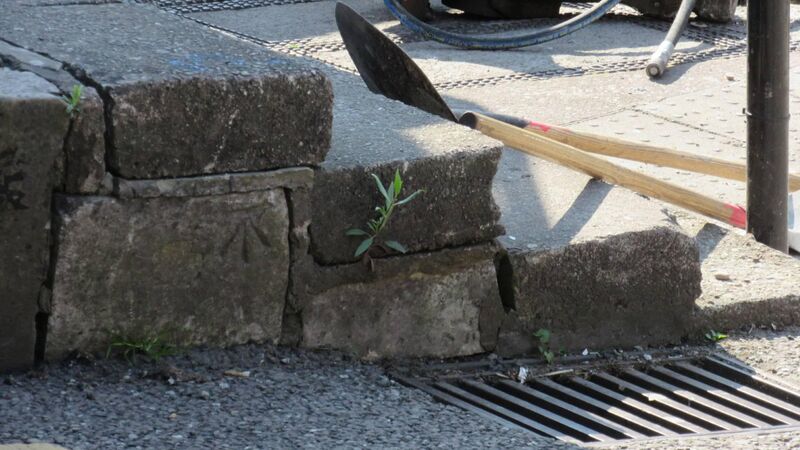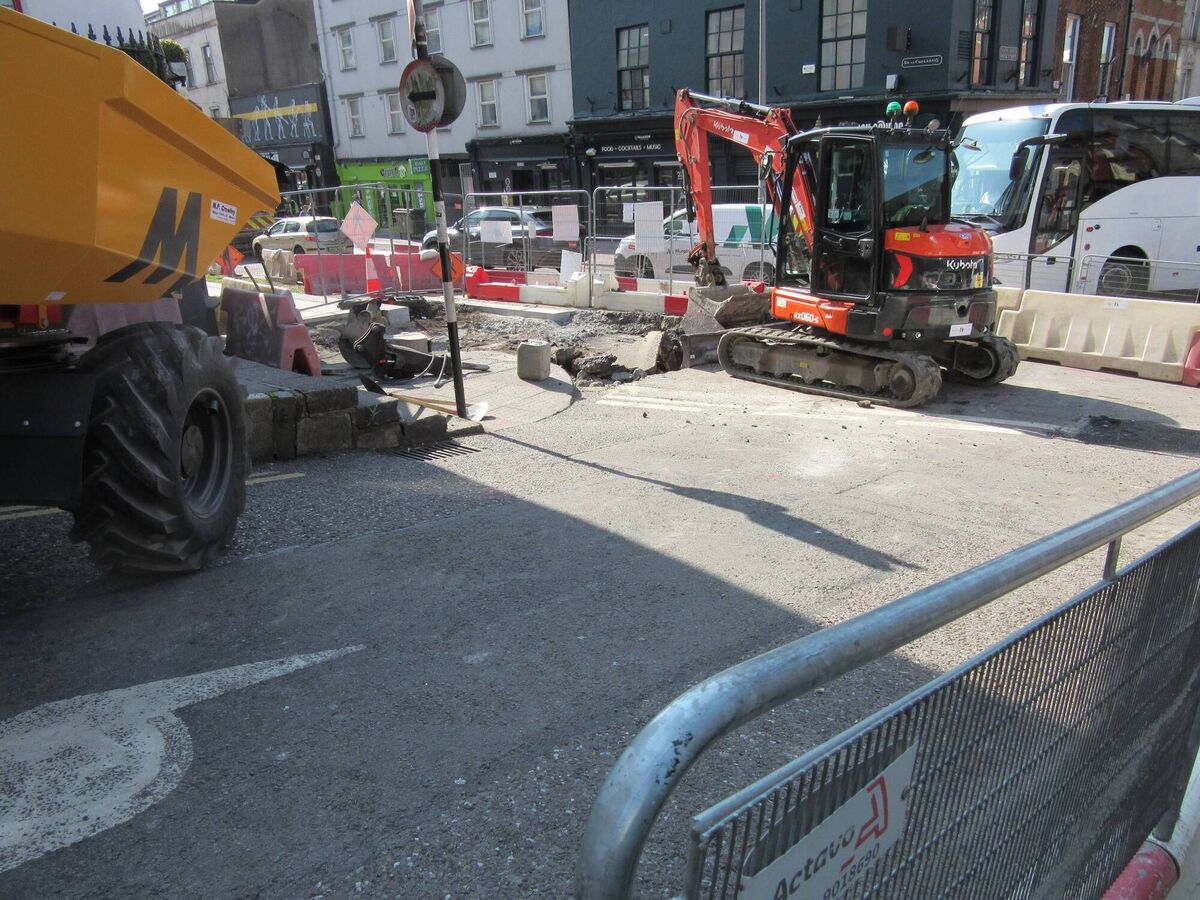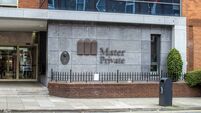Michael Moynihan: Old carvings a true benchmark for a proper reading of Cork city

The benchmark stone on the kerb at the base of St Patrick's Hill. (Pictures: Twitter Tony McGrath @SignsTheReading)
HISTORY HUB
If you are interested in this article then no doubt you will enjoy exploring the various history collections and content in our history hub. Check it out HERE and happy reading

“Those WD marks aren’t benchmarks, which are a representation of a horizontal level — WD is a representation of a vertical level, as in ‘this is the boundary of our property’.






